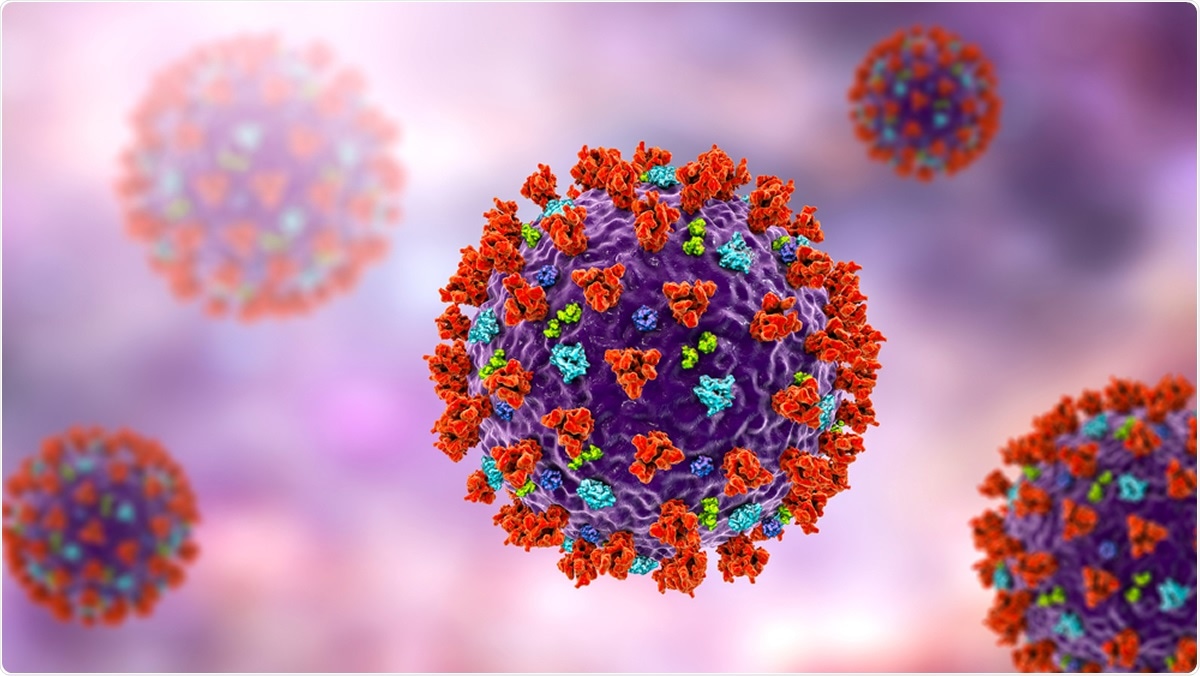
Explained: Why Delta Plus may trigger the dreaded COVID third wave
The Delta Plus variant of COVID is highly transmissible and quite immune to vaccines and drugs; it could trigger the third wave of the pandemic, it is feared

Just as India is bringing down its COVID caseload, working around B.1.617.2, the Delta variant of the virus, it appears to be striking via its new avatar, the Delta Plus. How is this variant different from its predecessors, and how big is the havoc it can unleash?
The Delta, first spotted in India, has already become a dominant variant of the COVID virus in several parts of the world. According to World Health Organisation (WHO) estimates, it has now spread to over 80 countries, and is the dominant variant in some, such as the UK, where it accounts for 60% of the cases. It is suspected to have triggered the second wave of COVID in India that killed thousands and left the healthcare system in tatters.
Since Delta Plus is but a variant of this mutant, there is increased concern — and fear —surrounding it. According to AIIMS chief Randeep Guleria, the Delta Plus mutation — K417N — could become a ‘variant of concern’ if left unchecked. Right now, it’s just a ‘variant of interest’. Whether or not it will trigger the anticipated third wave of the pandemic is yet to be ascertained.
Also read: Not loss of smell: COVID Delta variant throws up new symptoms
“What we need to do is observe,” Guleria told NDTV in an interview. “Currently, the WHO has said that this is a variant of interest but it could become a variant of concern because currently the number of cases is less. Will this Delta Plus again become the dominant variant? That is something that we need to observe over the next few weeks.”
How is it different from Delta?
Delta Plus, sometimes (unofficially) referred to as the ‘Nepal variant’, is a mutation in the spike protein of the COVID virus. The spike protein is the mushroom-like projection on the surface of the coronavirus that enables it to enter human cells. Its ‘Nepal’ connection is that the first five recorded cases in England were contacts of travellers to Nepal and Turkey.
The mutation in the spike protein means it gains easier entry into human host cells. Scientists says it appears to have better “immune-escaping mechanism”. However, they are yet to fully comprehend its virulence, infectiousness and resistance to monoclonal antibody cocktail treatment, say media reports.
“We don’t need to take this virus casually. We need to understand this virus is changing and changing to survive and infect more and more people, therefore we have to be aggressive and try and be ahead of the virus,” said Guleria.
How wide is the spread?
In Delta hotbed England, there were at least 36 cases of Delta Plus as of last week. Of these just two were in people aged 60 or more; the rest were in younger people. Also, 11 were travel-associated cases, that is, six were travellers themselves and five were among contacts of travellers.
There have been Delta Plus cases in several other countries, but the actual picture is yet to emerge as research on the variant is still on.
It has been reported that at least seven cases of Delta Plus have been spotted in samples collected from the Ratnagiri, Navi Mumbai and Palghar regions of Maharashtra, which has always been a COVID hotspot. Further results are awaited, as samples have been sent for genome sequencing to understand how many of the new cases can be attributed to the latest mutant of the SARS-CoV-2.
Cases have also been reported in Tamil Nadu and Karnataka. Yet, Indian experts, such as CSIR-IGIB scientist Vinod Scaria, have noted that the K417N variant is not as rampant in the country as it is in Europe, America and other Asian countries.
How big is the threat?
The biggest characteristic of the Delta is its high degree of infectiousness. The Delta Plus is just as transmissible. Also, as per initial research, it is more immune to the vaccine or any form of drug therapy such as antibody cocktail drugs Casirivimab and Imdevimab.
The mutation in the Delta Plus is said to help the virus dodge neutralising antibodies, which the body uses as part of its immune defence. While it is not found to be resistant to treatment, it is suspected that the mutation will make vaccines and antibody drugs less effective on the virus. It was this characteristic that made the COVID Gamma variant highly infections in regions like Brazil’s Manaus.
There are less virulent SAS-CoV-2 variants, such as the Lambda, which are ‘of interest’ but not ‘of concern’. The WHO is said to be monitoring over 50 COVID variants, but not all make it to its formal watchlist. The Delta Plus is still on the waitlist.
What can we do about it?
What is important, say experts, is surveillance and quick response. For instance, the Lambda was detected in South America — including in Chile, Peru, Ecuador and Argentina — thanks mainly to increased genomic surveillance. On the surface, the symptoms are alike across variants, so it takes meticulous testing and genomic research to identify the mutations.
Considering each variant responds to vaccines differently, it is also imperative that governments and healthcare policy makers frequently revise the schedules. For instance, the UK government reduced the dosing schedule for the AstraZeneca vaccine from 12 weeks to 8 weeks in the light of the Delta variant spread. Being rigid about the schedule may prove detrimental in the fight against the virus and its variants, say experts.

